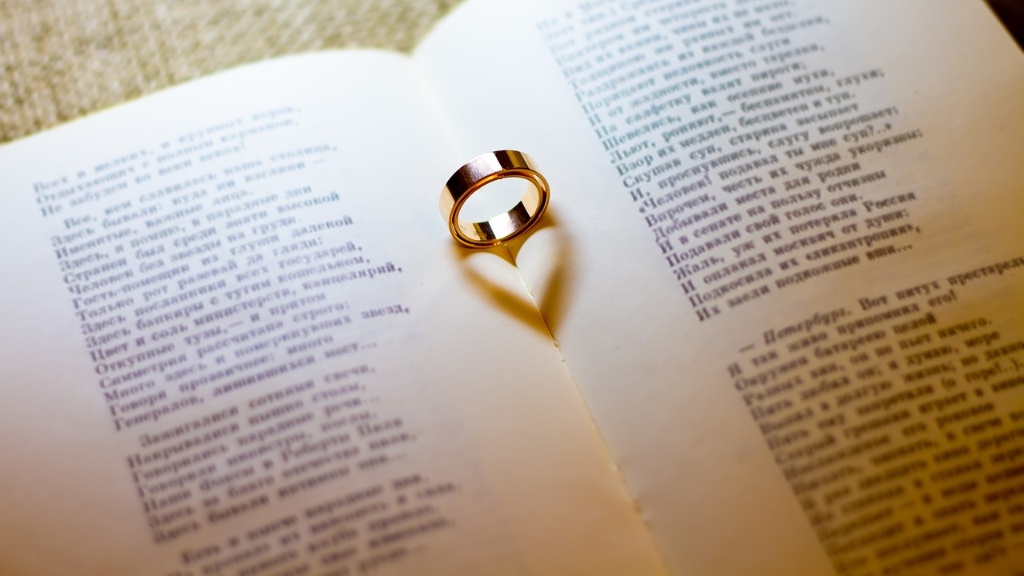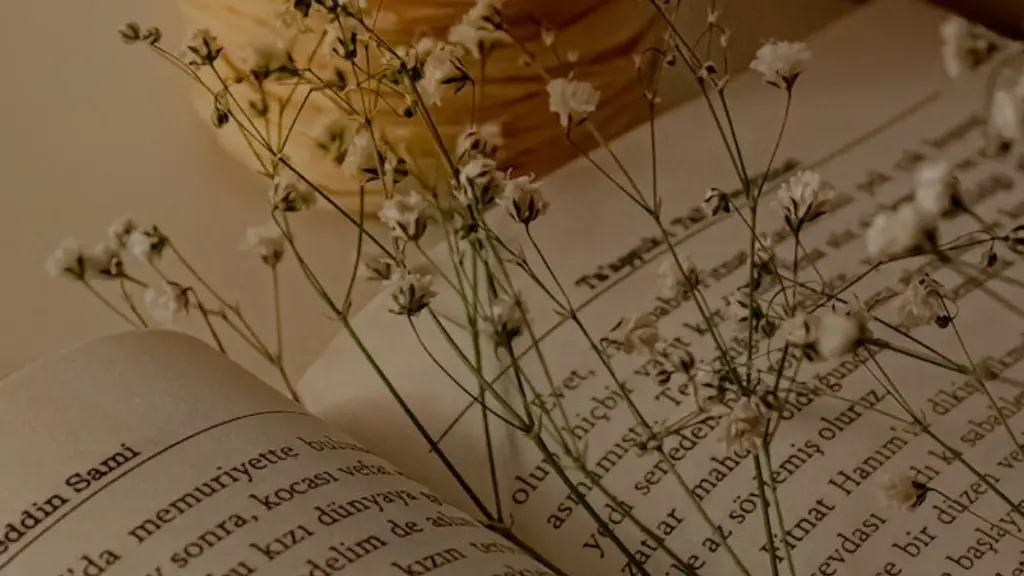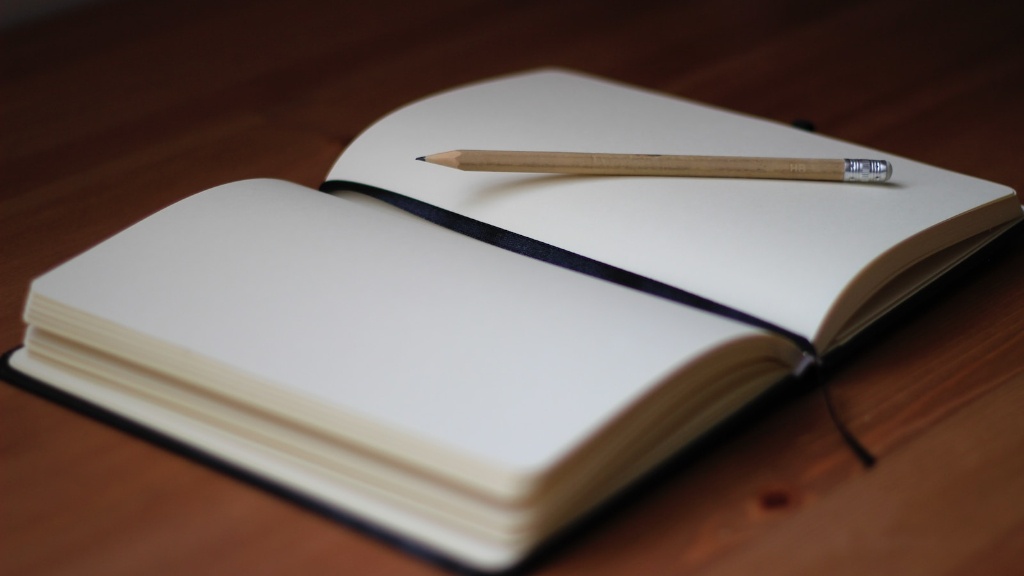Emily Dickinson is widely considered one of the best poets of the 19th century. Though she was a relatively unknown writer during her lifetime, her poetry is now widely acclaimed for its complex and clever use of language, as well as its deep insights into the human condition. Dickinson was a master of form, and her poems are noted for their unusual and original shapes. She was also a master of metaphor, and her poems are often full of rich and powerful images. In addition to her technical skill, Dickinson is also praised for her ability to express deep emotions and universal truths. Her poetry is often enigmatic and suggestive, and it continues to challenge and inspire readers today.
Emily Dickinson is considered good poetry for many reasons. First, her poems are usually short, so they are easy to read and understand. Second, her poems often have surprising endings, which can make them memorable. Third, her poems often deal with universal themes that everyone can relate to. Lastly, her poems are often very lyrical, meaning they have a beautiful sound when they are read aloud.
What is special about Emily Dickinson’s poems?
One of Dickinson’s special gifts as a poet is her ability to describe abstract concepts with concrete images. In many Dickinson poems, abstract ideas and material things are used to explain each other, but the relation between them remains complex and unpredictable. For example, in the poem “I’m Nobody! Who are you?”, Dickinson uses the image of a “nobody” to represent the speaker’s feelings of invisibility and insignificance. By contrast, in the poem “Because I could not stop for Death”, Death is personified as a gentleman who politely escorts the speaker on a journey to the afterlife. In both poems, Dickinson uses concrete images to explore complex and abstract ideas.
American poet Emily Dickinson is today best known for her use of slant-rhyme, conceits, and unconventional punctuation, as well as her near-legendary reclusive habits. Dickinson’s poetry often deals with themes of death and immortality, and her use of slant-rhyme allows her to explore these themes in a more lyrical and expressive way. Dickinson’s poems are also notable for their use of conceits, which are extended metaphors that often explore the relationship between the physical and the metaphysical. Finally, Dickinson’s use of unconventional punctuation, such as dashes and ellipses, gives her poems a unique rhythm and cadence that has become one of her trademark stylistic features.
How would you describe Emily Dickinson’s poetry
Most of Emily Dickinson’s poems are written in short stanzas, mostly quatrains, with short lines, usually rhyming only on the second and fourth lines. Other stanzas employ triplets or pairs of couplets, and a few poems employ longer, looser, and more complicated stanzas. This form reinforces the often abrupt, sometimes enigmatic quality of her poems.
Emily Dickinson is one of America’s most celebrated poets. She is also well-known for her unusual life of self-imposed social seclusion. Living a life of simplicity and seclusion, she yet wrote poetry of great power; questioning the nature of immortality and death, with at times an almost romantic quality. Her poems offer a rare and intimate glimpse into her inner thoughts and feelings, giving us a unique insight into the mind of a true genius.
What are 5 words that describe Emily Dickinson’s poetry?
Emily Dickinson is one of the most celebrated poets in American history. Her poetic style is characterized by its unconventionality, individualism, transcendentalism, spiritualism, realism, and symbolism. Dickinson’s unconventional themes and individualistic style set her apart from other poets of her time, and her transcendentalist and spiritualist beliefs informed much of her poetry. Her realism and symbolism helped to give her poems a unique and powerful perspective that continues to resonate with readers today.
Her poems are often difficult because of their unusual compression, unconventional grammar, their strange diction and strained figures of speech, and their often generalized symbolism and allegory. All of these factors make it difficult for the reader to understand what the poet is trying to say. In addition, the poet often uses words that are not in common usage, which can further complicate the matter.
Why should I read Emily Dickinson?
Dickinson’s poetry often leaves readers feeling confused and challenged, because she names so many of our most troubling emotions and perceptions. But often, too, her poetry can make readers feel this way because it is so baffling and mysterious.
Emily Dickinson was an incredible woman who always challenged the status quo. She encouraged people to be open-minded and to embrace their individuality. Her poems often challenged conventional ideas about marriage, family, and religion. Over the years, her lessons have served as an inspiration to many people.
What is the main idea of Emily Dickinson’s poem
Dickinson emphasizes the importance of the self, arguing that speaking and writing are affirming acts that help us understand and express who we are to others. For Dickinson, the poet’s calling is to explore and externalize the self, providing a valuable service to the world.
EmilyDickinson’s poetry often deals with unconventional, dark or difficult subjects.Her moods can be quite varied, from light and playful, to dark and brooding.Her poems are usually quite short, and often lack titles.She was quite an individualist, and her poems often reflect her transcendentalist beliefs.She was also very honest in her opinions, and her poems often offer a unique and unbiased perspective.Her poems often have a mystical or spiritual quality to them.And finally, her poetry is often quite realistic, and her poems often deal with the everyday details of life.
What did Emily Dickinson do to change the world?
Emily Dickinson was a revolutionary poet who changed the way people think about and feel about their emotions. She did this by writing odd poems that were different from anything else that was being published at the time. Her unique style and approach to expressing her emotions captivated readers and allowed them to see the world in a new light.
Dickinson’s focus on death may have been unfairly interpreted as morbidity, when in fact she was simply preoccupied with questions of salvation, redemption, and the afterlife – questions that were very common in her Evangelical Christian culture.
What are two common themes in Dickinson’s poetry
It is true that Emily Dickinson addressed literary themes that were common in her era. However, scholars often say that she did so in a unique way. For example, Dickinson was known for her use of paradox and irony. Her poetry often explored the dark side of human nature, which was unusual for her time.
Emily Dickinson is unique in her approach to poetry, employing different tones to convey her message. While some of her poems focus on death and suffering, lending a pessimistic and depressing air, others reads like tiny essays with a deep level of understanding. No matter the tone, Dickinson’s poetry is sure to provoke thought and emotion.
What are 3 interesting facts about Emily Dickinson?
Emily Dickinson is one of America’s most famous poets. She was born in Amherst, Massachusetts in 1830 and died in 1886. Her father was a United States Senator and her family were devout Calvinists. Dickinson was an extremely private person and only ten of her poems were published during her lifetime. She is known for her dark and mysterious poems which often deal with death and love. It is thought that Dickinson may have had several secret love affairs during her lifetime.
This is one of my favorite quotes by Emily Dickinson. It perfectly describes hope as something that is always with us, providing us with comfort and inspiration even when everything else seems dark. Hope is what keeps us going even when we feel like we can’t go on.
Warp Up
Emily Dickinson is considered one of the most important American poets for her unique style and her profound insight into the human experience. Dickinson’s poetry is characterized by its use of imagery and symbols to explore topics like death, love, and nature. Additionally, her poems often contain a deep sense of longing and yearning, which speaks to the universal human condition.
Emily Dickinson is considered good poetry for many reasons. Her poems are often short and to the point, yet they are also packed with imagery and emotion. Dickinson was also a master of using language to create new meanings, which is something that has helped her poems stand the test of time.





